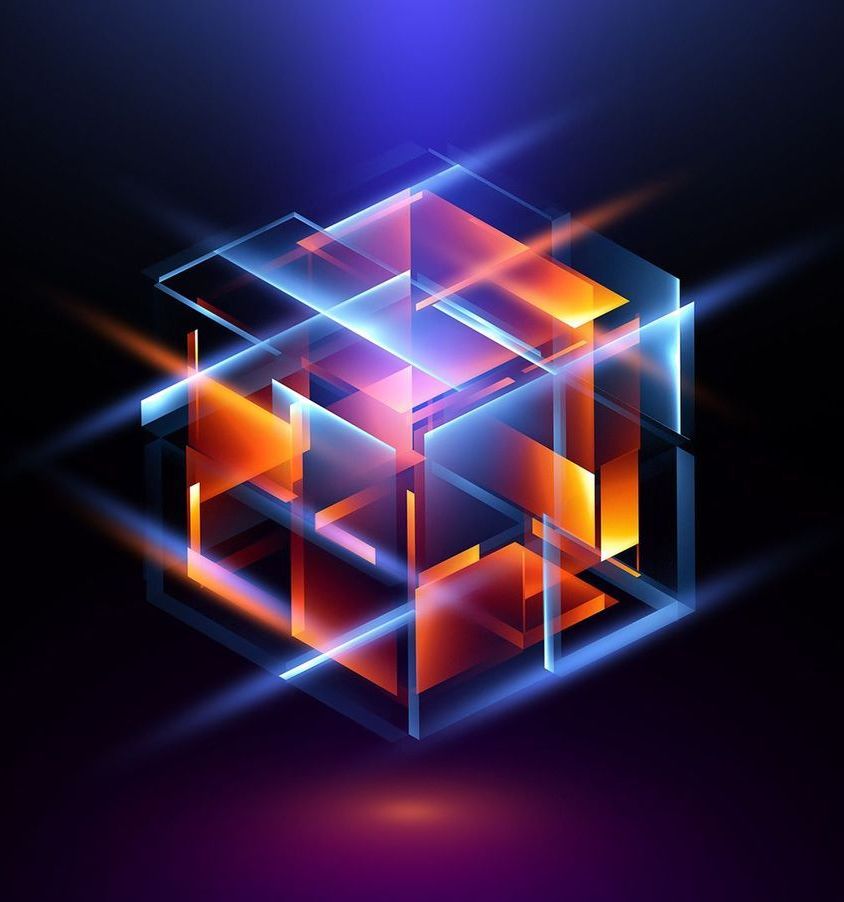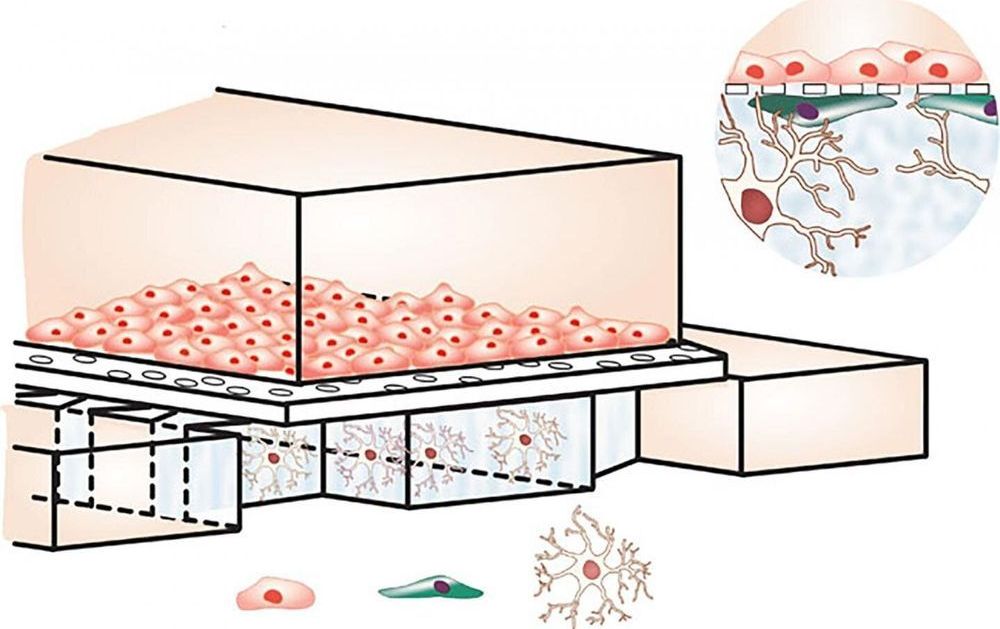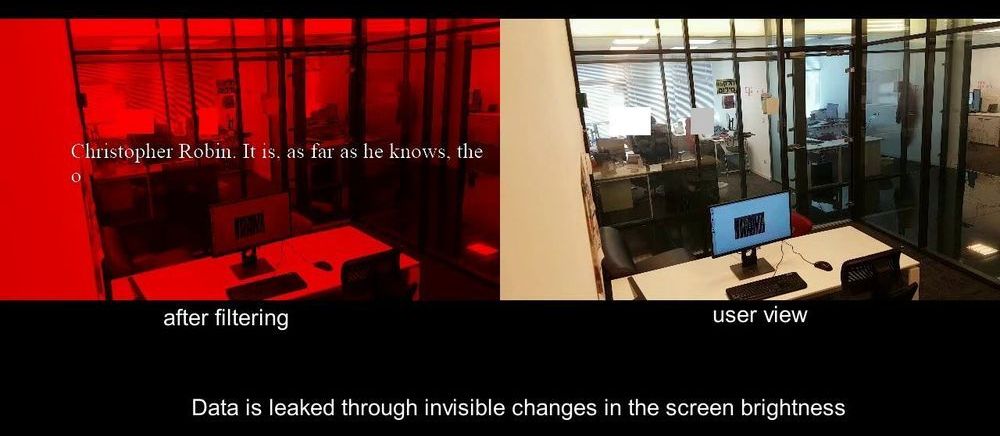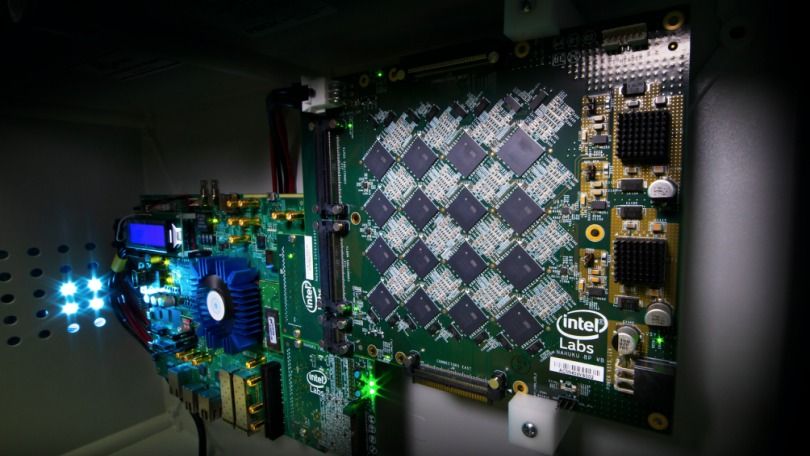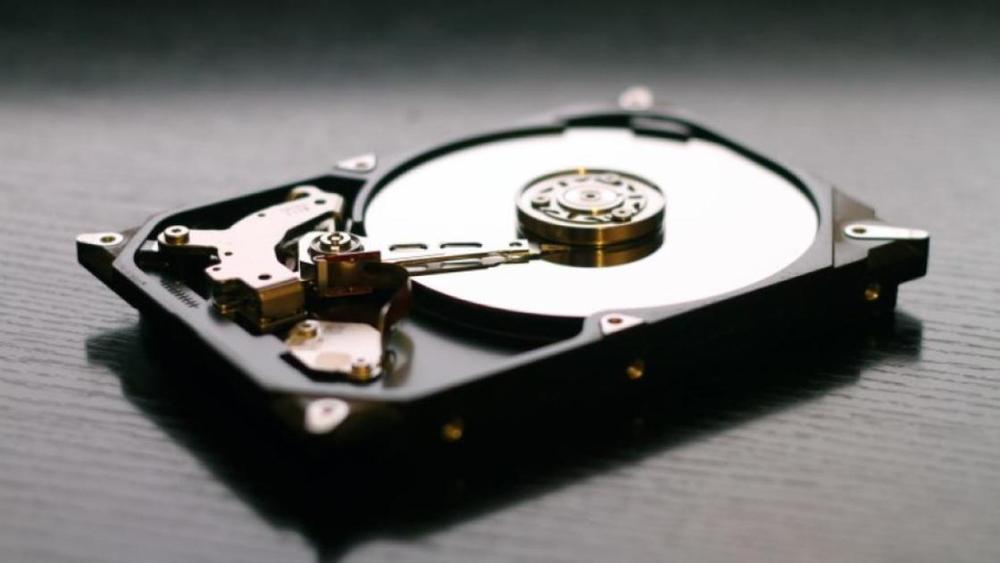Feb 12, 2020
Tabletop storage: Georgia Tech looks to SMASH an exabyte into DNA ‘sugar cube’
Posted by Quinn Sena in categories: biotech/medical, computing, genetics
Georgia Tech Research Institute (GTRI) is looking into ways to speed up DNA-based cold storage in a $25m Scalable Molecular Archival Software and Hardware (SMASH) project.
DNA is a biopolymer molecule composed from two chains in a double helix formation, and carrying genetic information. The chains are made up from nucleotides containing one of four nucleobases; cytosine ©, guanine (G), adenine (A) and thymine (T). Both chains carry the same data, which is encoded into sequences of the four nucleobases.
GTRI senior research scientist Nicholas Guise said in a quote that DNA storage is “so compact that a practical DNA archive could store an exabyte of data, equivalent to a million terabyte hard drives, in a volume about the size of a sugar cube.”

